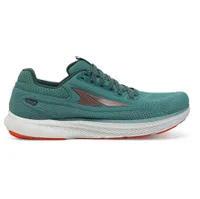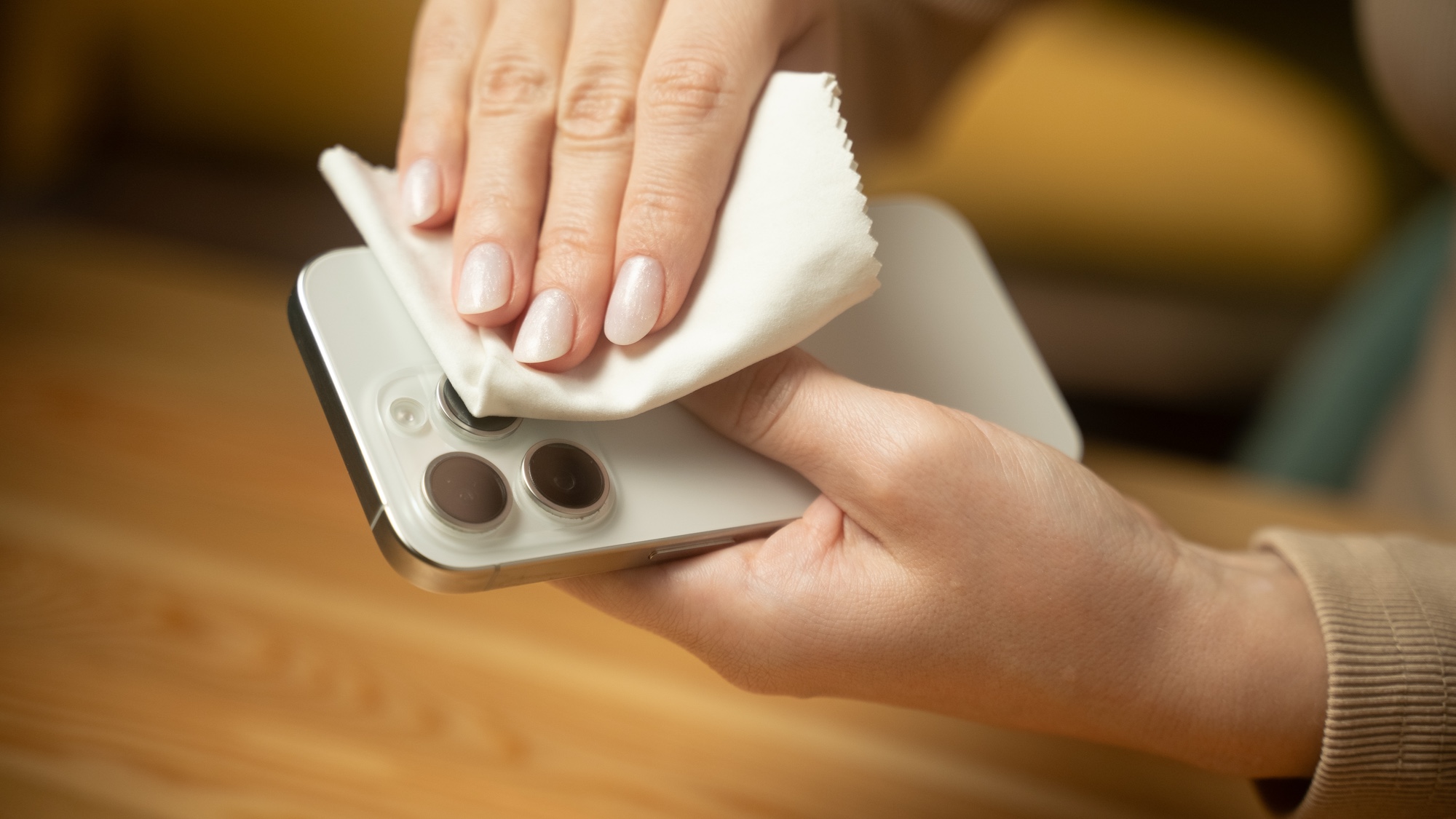Should you switch to zero-drop running shoes? Here's everything you need to know
Comfortable, minimalist running shoes
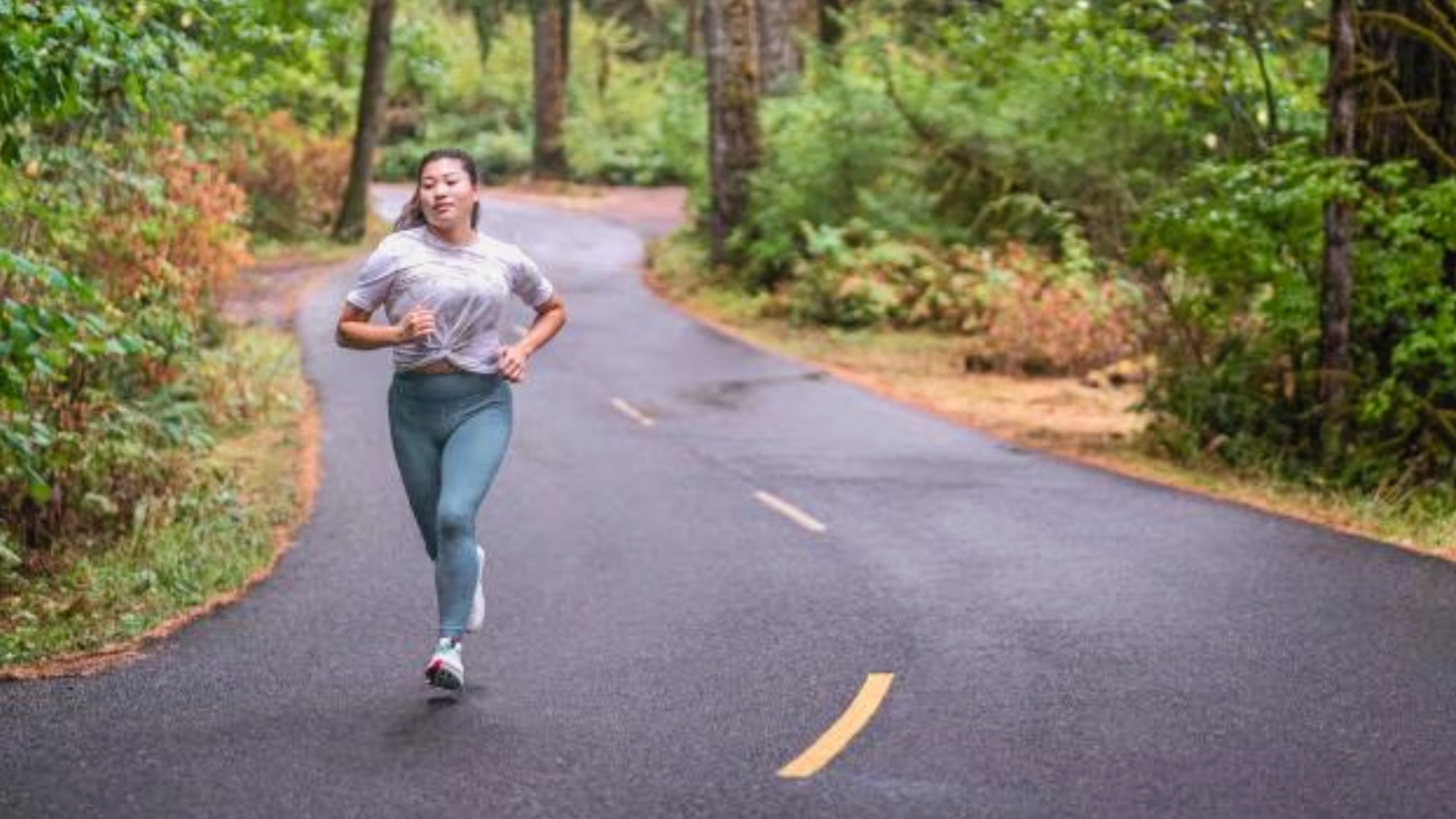
Zero-drop shoes are a type of running shoe with a unique design that levels the height between the heel of the shoe and the toe. The purpose of zero-drop shoes is to keep your foot parallel to the ground so you land more in the center of your mass during your stride.
The sole of a running shoe is measured by the distance between your foot and the ground, known as its stack height. Zero-drop running shoes have the same stack height at the heel of the shoe as they do at the toe.
Traditionally, many of the best running shoes have a stack height drop from heel to toe, somewhere in the range of 4mm to 10mm. Zero-drop running shoes eliminate the drop altogether. But what's the benefit of this approach and when should you use zero-drop running shoes?
When did runners start using zero-drop running shoes?
Zero-drop shoes didn’t start with shoe brand Altra, but it did bring the concept to the running world, according to Brian Metzler, longtime running journalist and author of several books including Kicksology: The Hype, Science, Culture and Cool of Running Shoes.
Metzler says, “Altra built its entire brand around zero drop or level platform shoes because they believe it leads to a more natural running gait, comparable to running barefoot through a grassy field.”
Zero-drop running shoes entered the running world right around the same time as barefoot running shoes, which sought to accomplish some of the same goals. Barefoot running shoes also feature zero drop, but they also eliminate almost all padding between your feet and the ground — lending a ‘barefoot’ running feel.
Other brands have since incorporated zero-drop running shoes into their lineups, and zero-drop shoes have largely become mainstream in recent years as an option for certain runners. But not everyone should opt for zero-drop shoes.
Get instant access to breaking news, the hottest reviews, great deals and helpful tips.
What are the advantages of zero-drop running shoes?
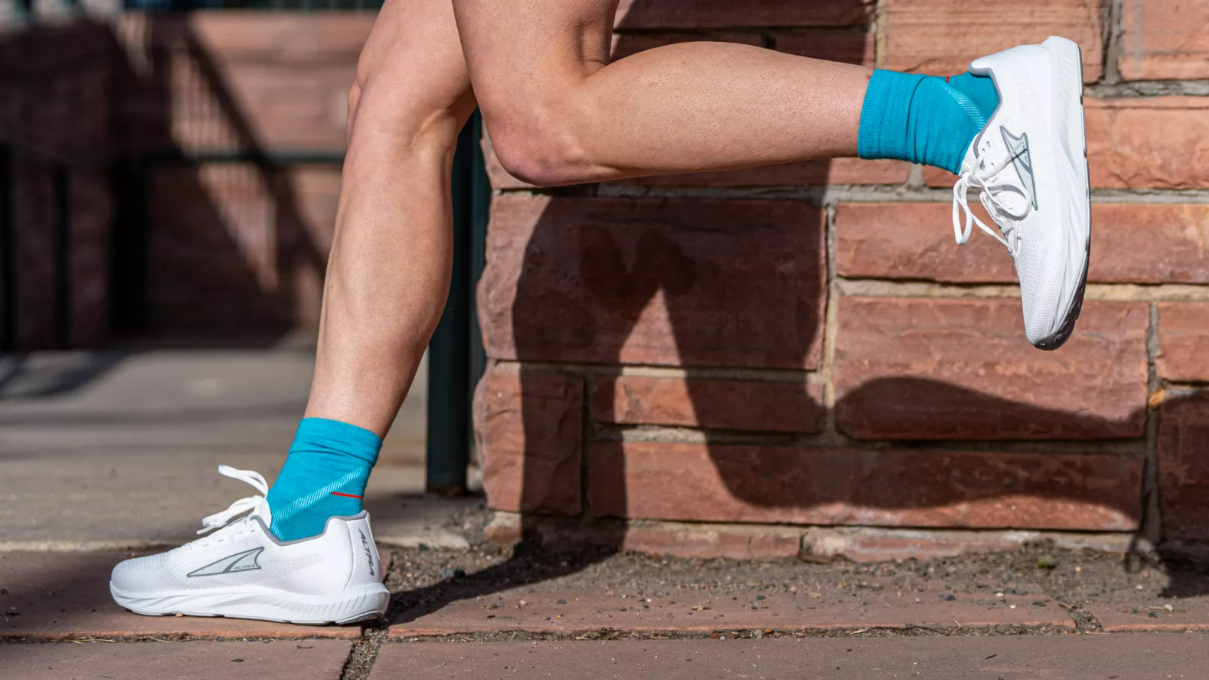
Zero-drop running shoes can encourage a more efficient running stride. When you run with running shoes that feature a drop from the heel to the toe, your heel will naturally hit the ground first.
This slows your forward momentum slightly, which is sometimes known as a braking force. That means you’re expending more energy to maintain forward movement.
Zero-drop running shoes encourage you to land more centered over your foot and your body’s mass. This reduces braking forces, so you’re doing less work to maintain forward momentum.
They can also help address some gait issues and even some types of injuries or recurring pain. Whether this would be effective for you depends on your body and running style.
Who should wear zero-drop shoes and why?
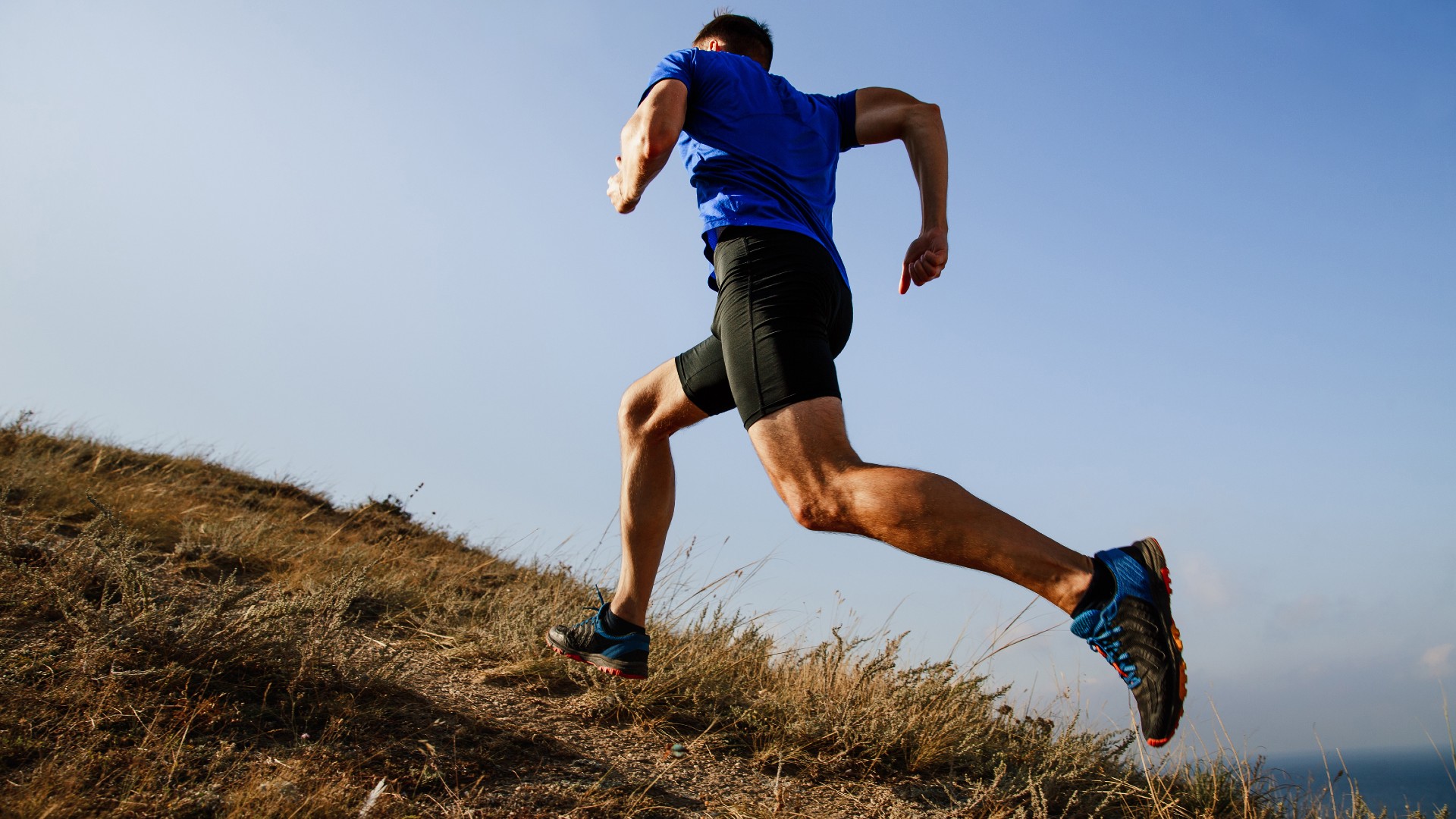
The most accurate answer to that question is, frustratingly, “It depends.” Zero-drop shoes can be useful for some runners, but they may cause problems for others in a similar way to barefoot running.
Zero drop shoes can “reduce some forms of unwanted kinematic chain movement (from feet to the knees),” says Metzler, which can help certain runners with gait issues.
If, for example, your running stride is causing pain in certain areas of your body, it’s possible a zero-drop running shoe can help mitigate those problems. Metzler is careful to warn, however, that switching from a drop shoe to a zero drop shoe requires an appropriate adjustment period.
“If a runner has been running in a 10mm drop shoe,” Metzler says, “it will take some getting used to to adjust to running in zero drop shoes. Mostly that means a slight loosening or lengthening of calf muscles and the Achilles tendon.
"It’s subtle but very real. If someone runs in a higher-drop shoe (even 6mm up to 12mm), there might be some initial calf or Achilles soreness a day or two after running in zero-drop shoes.”
Another use case for zero-drop running shoes takes place on the racecourse. Those braking factors mentioned above can factor into your race time, but only if you've spent time training in them. After all, it’s tough to get a good race time if you’re injured.
So if you’re chasing personal bests at your next race, it’s possible that zero-drop running shoes can help you improve your overall time — assuming you’ve taken ample time to get used to the shoes before toeing the starting line.
Who should avoid wearing zero-drop shoes?
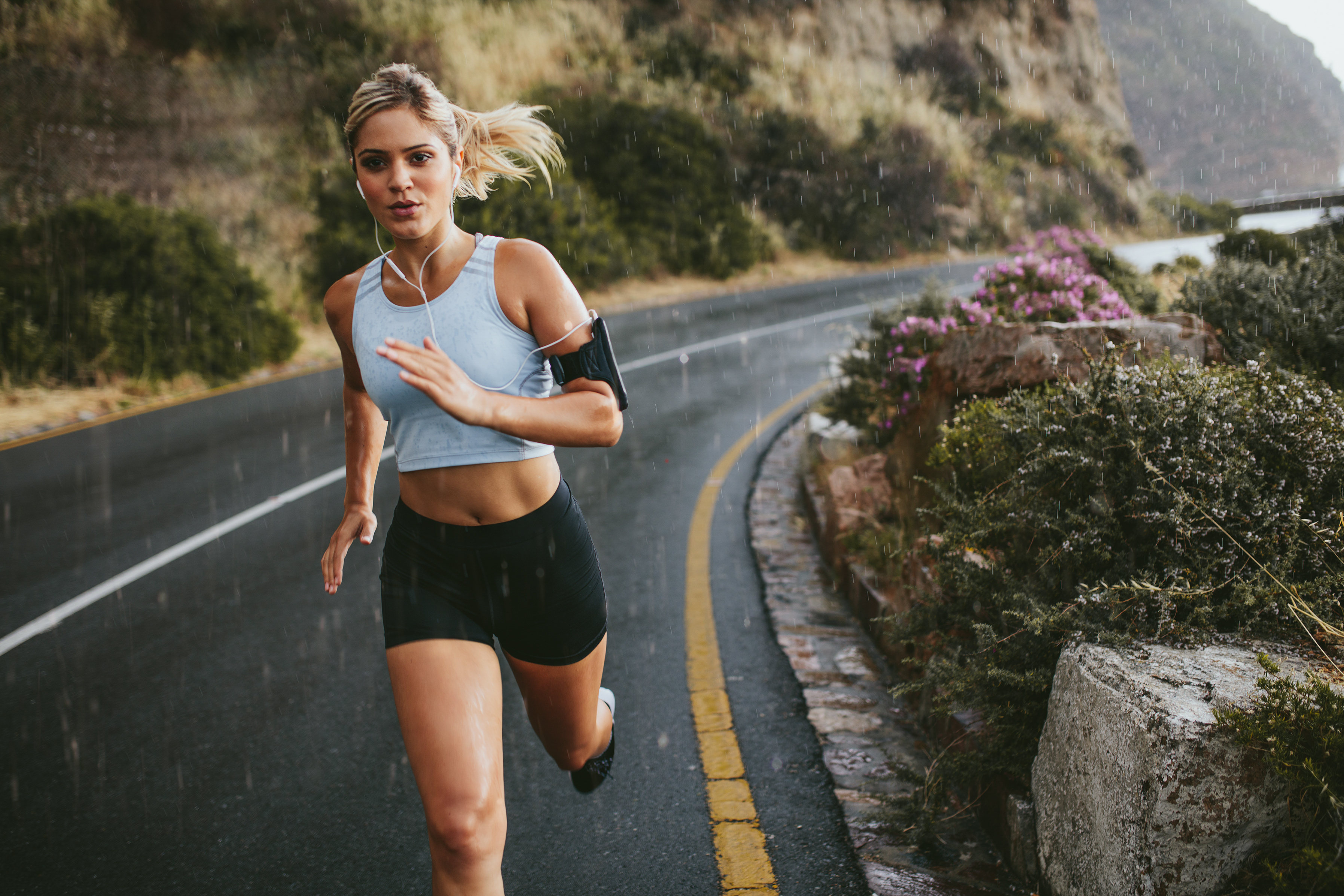
The same runners that zero-drop shoes might benefit may also want to avoid them — largely for the same reasons. Because zero-drop shoes can help you change your gait, they run the risk of causing more harm than good.
It’s best to try out zero-drop shoes throughout a couple of runs to see how they affect your running gait. If new pains arise or old pains worsen, zero-drop running shoes may not be right for you.
And if your current shoes give you no problems at all, it’s probably best to just stick with them, or shoes with similar drop dimensions. If it ain’t broke, don’t fix it.
And if you’re the type of runner who generally enjoys a cushy feeling in your heel — which can also help overcome some of your mistakes, especially as you tire throughout a run — you may find yourself missing that extra heel cushion.
“The biggest difference is that the shoes are level, so there is less of a feeling of having chunky heels, even if the shoes have a high stack height,” says Metzler.
“A shoe could be a 36mm/36mm stack height — so, zero-drop — but less of a chunky heel because there is no forward slope. At the same time, there are also lower stack zero drop shoes — for example, 21mm/21mm — that will feel much lower to the ground from heel to toe.”
Which running shoes are zero-drop?
As mentioned earlier, Altra was one of the first brands to make mainstream, easily accessible zero-drop running shoes. The company set up shop in 2009, so has 15 years of experience in zero-drop shoes and maintains a large range for you to choose from.
Its top shoe for everyday use is currently the Altra Escalante 3, available in Men's and Women's editions for $130 at REI. They come in three colors and are generally best suited to road running.
Altra Escalante 3 (women's): from $130 at REI
These Altra zero-drop shoes are ideal for short runs, road training, and extended sessions. The upper is breathable to keep your feet dry, the shoes have Altra's Balanced Cushioning system for improved alignment, and EGO midsole cushioning for a soft, comfortable ride. You can also pick up the Altra Escalante 3 men's edition for $130 at REI.
If you're new to zero-drop shoes, these are a great place to start. But you'll still also need to know how to buy running shoes, as there are other design features to keep in mind before you pick up a pair.
Should you switch to zero-drop running shoes?
As a result, the advantages of zero-drop shoes depend largely on what type of runner you are, and what you’re trying to accomplish by switching from your current running shoes, even if you're moving from a performance set of the best carbon fiber running shoes.
Whether you’re a seasoned runner looking to improve your time, or a hobby runner just looking to improve your comfort or longevity, it’s best to approach the switch from your current shoes to any new shoes with caution. That goes double if you’re moving from a shoe with significant drop to zero drop shoes.
That said, the benefits of zero-drop shoes are real and can bring your running sessions to a new level if you’re patient with the adjustment period. Metzler recommends consulting with a running-related doctor or physical therapist to determine what types of running shoes might be best for you.
More from Tom's Guide
- These running shoes are so good they turned me into a runner
- 9 things I wish I had known before my first parkrun
- Cross training shoes vs weightlifting shoes: Which is best for you?

Dan Cavallari is the former technical editor for VeloNews Magazine, who currently reviews electric bikes, bike lights, and other bike accessories for Tom's Guide. In addition to VeloNews, his work has appeared in Triathlete Magazine, Rouleur Magazine, CyclingTips.com, Road Bike Action, Mountain Bike Action, CycleVolta.com, Tomsguide.com, and much more. Dan also hosts two podcasts on his site, Slow Guy on the Fast Ride: One is about cycling and other outdoor activities, while the other looks at mental health issues. Most recently, Dan also covered the 2022 Tour de France. Dan lives outside of Denver, Colorado with his family.
